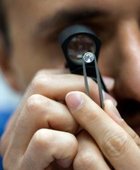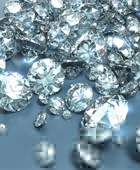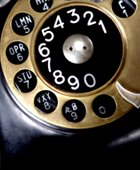Introduction: Diamonds, Fame, and Influence
Celebrities have long been powerful tastemakers, influencing public opinion and consumer behavior across industries, particularly in fashion and luxury goods. When it comes to diamonds, the impact of celebrity endorsements, red carpet appearances, and high-profile jewelry acquisitions is especially profound. Whether it’s an engagement ring that makes headlines or a dazzling necklace showcased at an awards ceremony, the choices celebrities make often reflect or even define broader market movements. This article examines how celebrity diamond collections offer more than just visual allure—they provide insights into changing design preferences, shifts in demand for particular stone types and cuts, and evolving attitudes toward ethics, sustainability, and status. Through this lens, we explore how the world of celebrity luxury intersects with and informs the commercial diamond market.
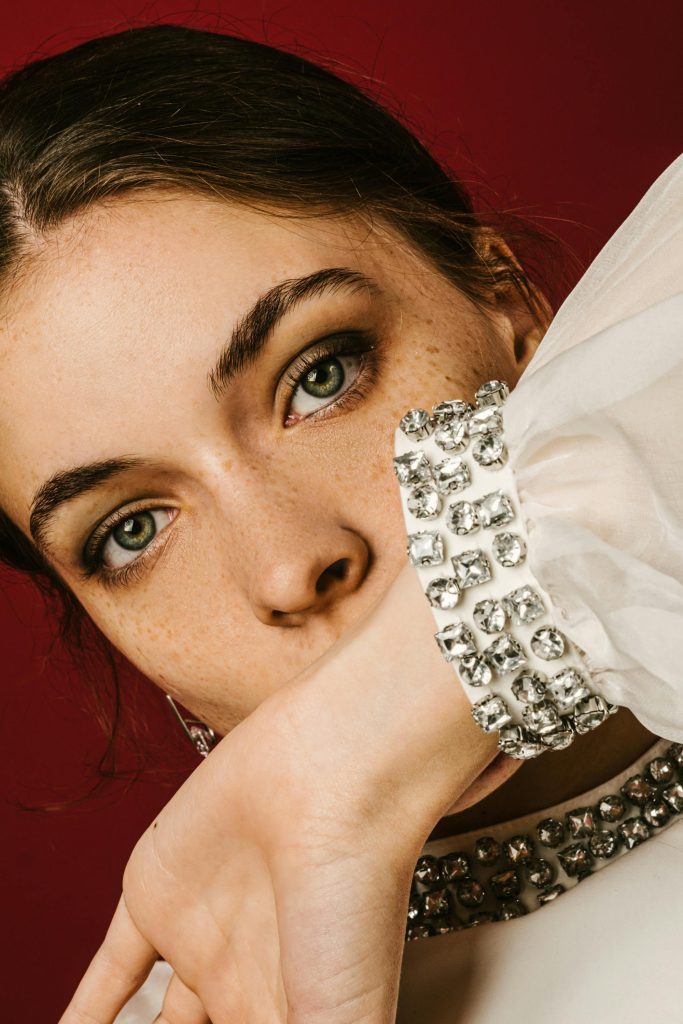
The History of Celebrity Diamond Influence
The connection between celebrities and diamonds is not a recent phenomenon. Throughout the 20th century, screen legends like Elizabeth Taylor, Marilyn Monroe, and Audrey Hepburn cemented diamonds as symbols of glamour and sophistication. Taylor’s legendary collection, which included the Krupp Diamond (now called the Elizabeth Taylor Diamond), helped fuel public fascination with large, named gemstones. Her collection’s auction years after her death further demonstrated how celebrity provenance could elevate a diamond’s value well beyond its intrinsic worth. Similarly, Monroe’s iconic performance of “Diamonds Are a Girl’s Best Friend” in Gentlemen Prefer Blondes helped ingrain the association between diamonds and femininity, allure, and desirability. These historic examples illustrate how celebrity associations have not only glamorized diamonds but also influenced consumer expectations and purchase behavior, often leading to spikes in demand for similar stones or styles.
Red Carpet Trends and Their Market Impact
One of the most visible platforms for celebrity diamond showcasing is the red carpet—particularly during events like the Oscars, Cannes Film Festival, and the Met Gala. At these globally broadcasted events, celebrities are adorned with high-value diamond pieces loaned by renowned brands such as Cartier, Chopard, Harry Winston, and Bulgari. These moments are not just fashion statements; they act as strategic marketing tools for jewelers, offering exposure that translates into increased interest and sales. For instance, when Lady Gaga wore the iconic 128-carat Tiffany Diamond to the 2019 Academy Awards, searches for yellow diamonds surged on luxury retail websites. Similarly, trends like layering diamond necklaces or wearing vintage diamond brooches—once considered outdated—have seen revivals after being featured by A-listers. This kind of influence turns the red carpet into a real-time reflection of shifting consumer preferences and design innovation within the diamond industry.
The Evolution of Engagement Ring Styles
Celebrity engagements frequently trigger global conversations about diamond shapes, settings, and carat sizes. From Princess Diana’s blue sapphire ring (later worn by Kate Middleton) to Ariana Grande’s pearl-accented diamond ring, each high-profile engagement has the potential to shape public taste. When Kim Kardashian debuted her cushion-cut engagement ring, demand for that particular cut rose sharply in bridal jewelry markets. Similarly, when Meghan Markle’s trilogy ring featuring ethically sourced diamonds from Botswana gained attention, it signaled a growing consumer interest in both sustainability and symbolic design. Retailers and designers pay close attention to these celebrity milestones, often launching look-alike collections to meet rising demand. The ripple effect of celebrity engagement ring choices reinforces the idea that public figures play a direct role in steering market trends, not only in terms of aesthetics but also in setting standards for ethical sourcing and personalized design.
The Rise of Ethically Sourced and Lab-Grown Diamonds in Celebrity Circles
In recent years, an increasing number of celebrities have used their public platforms to advocate for sustainability and ethical responsibility in fashion and luxury, and this extends to their diamond choices. Figures like Leonardo DiCaprio, who is also an investor in lab-grown diamond companies, have publicly endorsed synthetic diamonds as a more ethical alternative to mined stones. Likewise, celebrities including Penélope Cruz and Meghan Markle have been seen wearing pieces made with recycled or lab-grown diamonds. This shift highlights a growing awareness among high-profile individuals about the environmental and humanitarian issues tied to diamond mining. Their choices not only add legitimacy to lab-grown diamonds but also drive consumer curiosity and acceptance of these alternatives. As sustainability becomes a central theme in luxury consumption, the visible embrace of ethical diamonds by celebrities is helping to reframe the traditional perception of what constitutes luxury and value in the jewelry market.
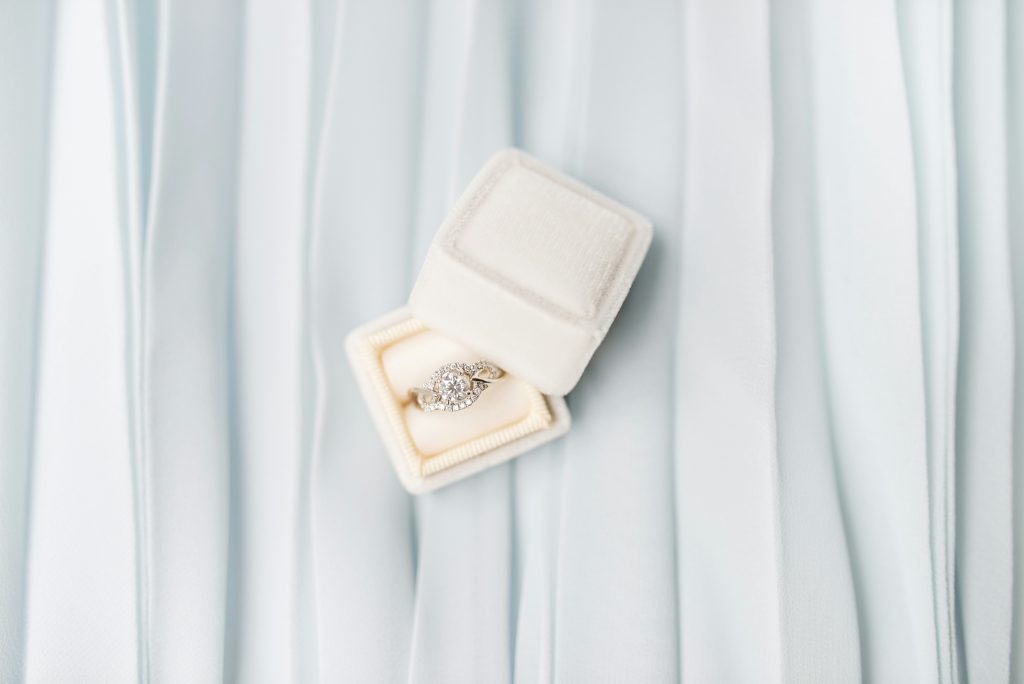
Celebrity-Brand Collaborations and Their Market Power
Beyond red carpet appearances, celebrities are increasingly entering formal partnerships with diamond brands through ambassadorships, capsule collections, and even equity stakes. These collaborations not only enhance brand prestige but also offer deeper engagement with target audiences. For instance, Rihanna’s collaboration with Chopard for the “Rihanna Loves Chopard” collection helped introduce high jewelry to a younger, more diverse consumer base. Similarly, Zendaya’s work with Bulgari has brought classic diamond pieces into the digital age through social media storytelling and influencer-driven campaigns. These endorsements and co-creations often result in limited-edition lines or reinterpretations of traditional motifs, which quickly sell out or gain collector value. As such, celebrity partnerships serve as a feedback loop where personal style influences design, which in turn drives consumer demand. These collaborations are also increasingly conscious of cultural inclusivity, ethical sourcing, and gender-neutral aesthetics, reflecting broader shifts in both fashion and societal values.
Male Celebrities and the Changing Face of Diamond Consumption
While women have historically been the primary focus of diamond marketing, male celebrities are increasingly playing a significant role in expanding the boundaries of diamond consumption. Figures like Harry Styles, Pharrell Williams, and Timothée Chalamet have publicly embraced diamond jewelry as part of their style statements, often defying traditional gender norms. From diamond brooches to earrings and even elaborate necklaces, male celebrities are helping to redefine who wears diamonds and how they are styled. This trend is pushing jewelers to design more unisex and experimental pieces, moving away from gendered marketing strategies. It also mirrors a broader cultural acceptance of jewelry as a form of personal expression for men. The effect on market trends is notable: retailers report increased interest in men’s diamond jewelry, including engagement rings, fashion-forward designs, and even custom creations. This evolving demographic is broadening the customer base and reshaping long-held assumptions about diamond ownership.
Long-Term Influence on Diamond Design and Cultural Symbolism
Celebrity influence extends beyond immediate sales spikes to impact the long-term direction of diamond design and cultural symbolism. Trends first introduced or popularized by celebrities often evolve into enduring design staples. For example, halo engagement ring settings gained popularity after being worn by multiple high-profile figures and have remained in demand for over a decade. Additionally, the popularity of vintage and art deco styles—often seen in celebrity collections—has revitalized interest in antique diamond cuts like Asscher and Old European. These choices reflect broader cultural narratives around nostalgia, sustainability, and individuality. Celebrities also play a role in redefining the symbolism of diamonds beyond romantic love, including self-purchase empowerment, familial legacy, and artistic expression. As the celebrity landscape becomes more diverse and global, the influence of cultural traditions from around the world is also enriching the language of diamond design, from South Asian bridal sets to African-inspired motifs.
Conclusion: The Celebrity Effect as a Market Barometer
The diamond industry, while rooted in tradition, is deeply influenced by the fluid dynamics of culture, fashion, and consumer behavior—all of which are significantly shaped by celebrity visibility. Through their personal collections, public endorsements, and collaborations with jewelers, celebrities act as cultural conduits that translate abstract societal values into tangible market trends. They have the power to shift demand toward specific styles, promote ethical alternatives, and expand the definition of luxury. For retailers, manufacturers, and designers, closely tracking celebrity choices offers valuable predictive insight into what consumers will value next. As consumers continue to look to public figures for inspiration, the influence of celebrity diamond collections will likely remain a reliable barometer for where the market is headed—both aesthetically and ethically.


